How To Conquer Your First Tee Nerves
The first tee shot can strike fear into golfers of all levels - but it doesn't have to be a terrifying experience
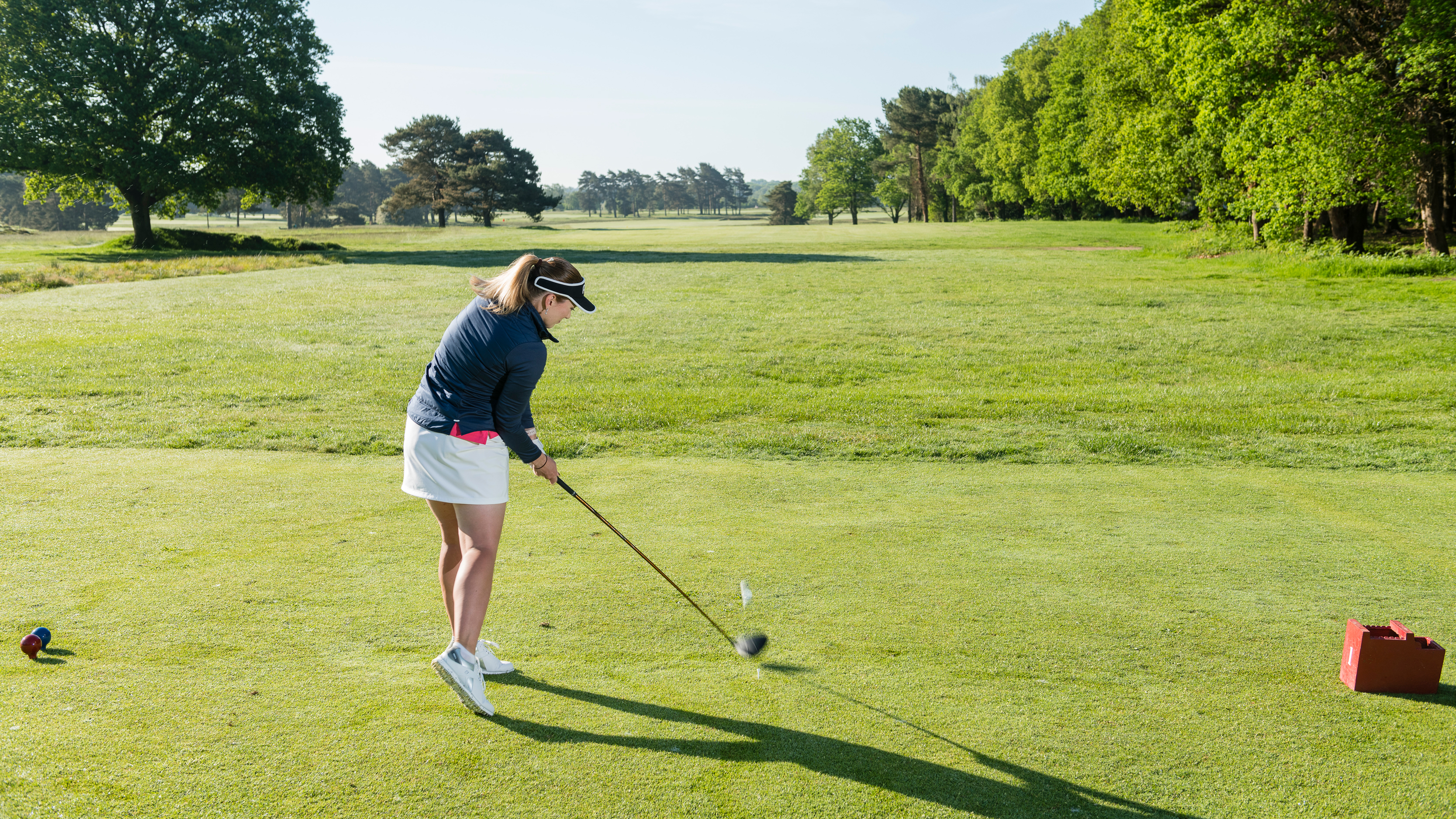
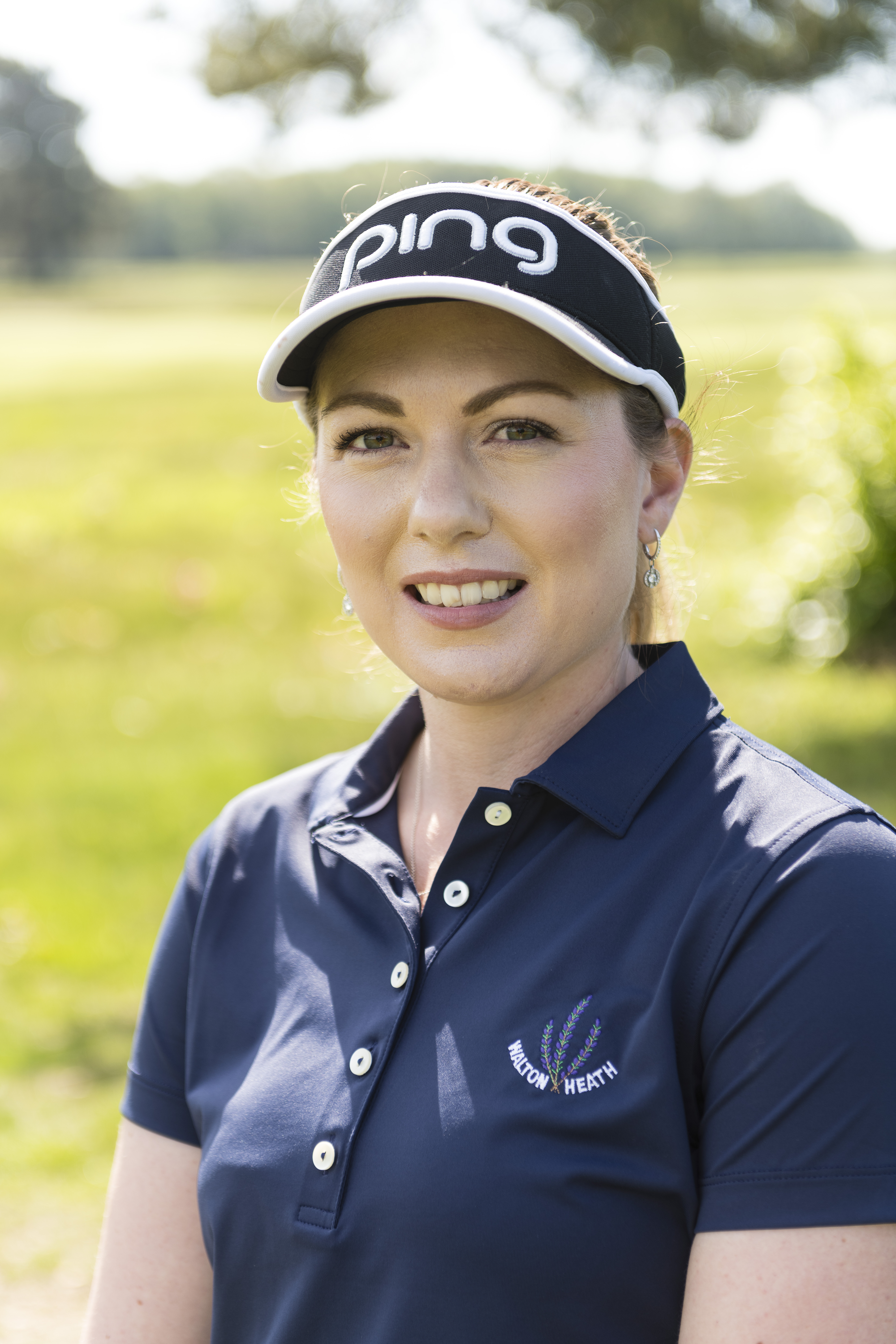
I teach a lot of golfers and a common refrain is that they won’t play well for the first couple of holes due to nerves and, in particular, they dread the opening tee shot. The first thing to remind yourself is that, while there might be a few people there, they won't be watching you very carefully, if at all.
How often have you hit a poor shot and spun around, thinking there will be a load of eyes on you, and nobody is paying you any attention? It's time to break that cycle and start playing good golf right from the off...
Stick to your routine
Developing a consistent golf pre-shot routine is an essential part of overcoming nerves on the golf course. It's just as important, if not more so, as working on the basics like honing the perfect golf grip or finding the perfect ball position for every club. Once in place, don't be scared to stick to it on the first tee. You might be dreading the moment and just want to get it over and done with but that's not giving yourself the best chance of hitting a great shot.
Something simple like this can work wonders. Take a couple of practice swings, pick a very specific target and think of something simple and beneficial in your swing. If you have a trigger don't suddenly remember it halfway down the first – have it ready as you're standing over the ball.
See a positive target
We've all heard about using visualisation as a tool. It's one of the things tour players do religiously but it remains underutilised by amateurs. Instead, a lot of golfers focus on the trouble facing them, which increases the likelihood of hitting a bad shot.
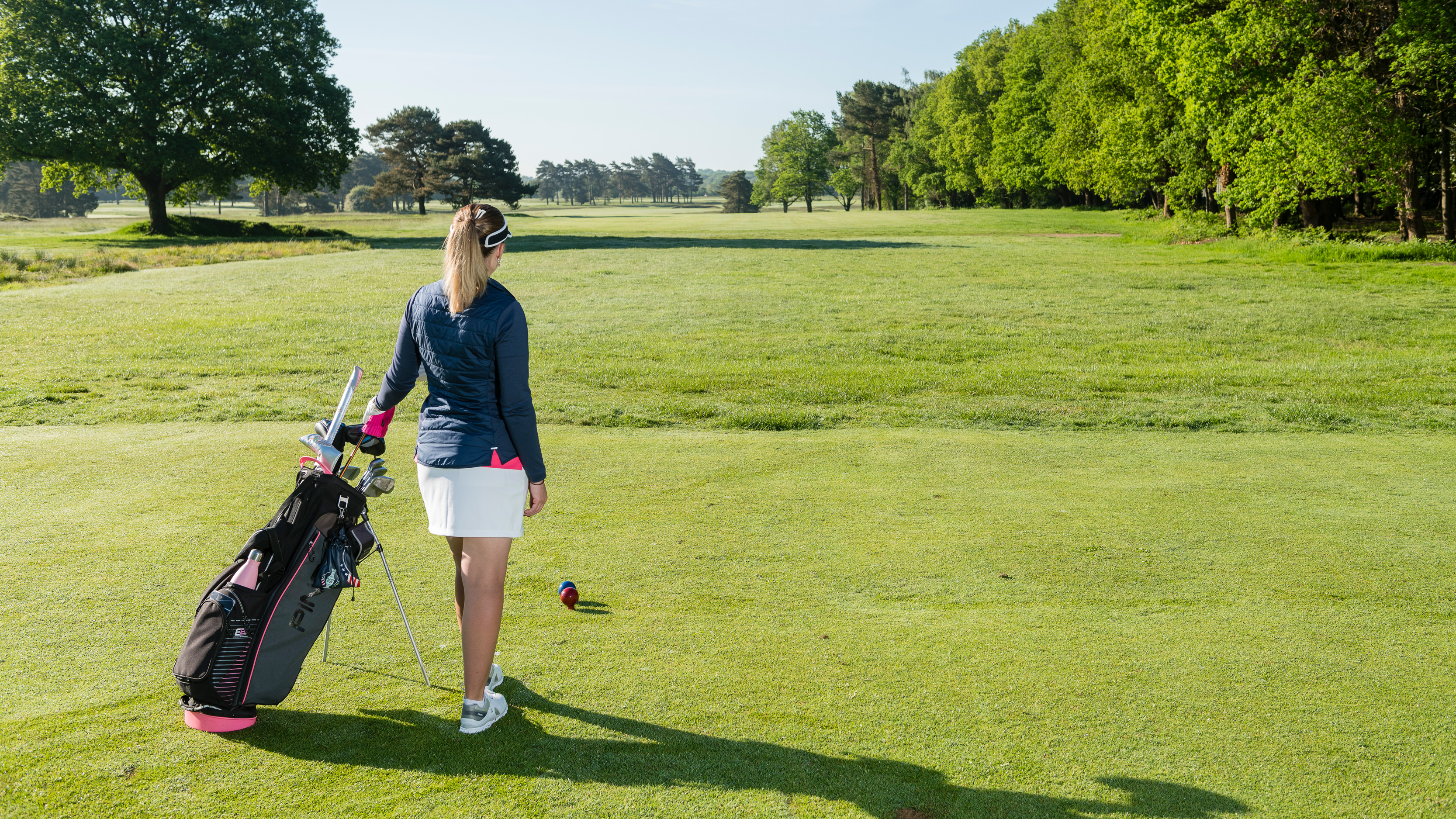
Visualise the shot you want to play and where you want the ball to go
So, as part of your routine, pick a target and visualise where you want the ball to go, ensuring you're committed to the club you've chosen for the job, rather than thinking of the endless possibilities of where it might not go. From there, don't take too long over the ball. The longer that you stand still, the more you might freeze and overthink things.
Bonus tip
You don’t have to get on the tee as soon as the group ahead have hit off. Again, the longer you're there, the longer you will have to think about it. Take yourself off to the side and, if you haven't hit any balls, warm up the body. The temptation will be to get distracted by a chat and then it’s all a bit of a rush when it's your turn – so use your time wisely as there’s plenty of time to exchange pleasantries during the round and get switched on.
Get the Golf Monthly Newsletter
Subscribe to the Golf Monthly newsletter to stay up to date with all the latest tour news, equipment news, reviews, head-to-heads and buyer’s guides from our team of experienced experts.

Location: Walton Heath
Jo teaches at Walton Heath and is a PGA Advanced Professional having graduated in 2011. She has helped hundreds of women and girls get into the game and she is a strong believer that, whatever your ability, everyone can get plenty out of the game. Jo is currently working towards a Doctorate in Sport and Exercise Science.
Teaching philosophy:
I like to keep things simple and try to articulate things in a way that is easy for the student to understand. I need to understand the technicalities of what is creating their ball flight, but I need to be able to communicate that to the student in a way that they can utilise.
A typical lesson:
My lessons begin with a lot of questioning, I want to understand what the person wants out of their lesson. I want to understand as much about their game and what they are struggling with. Once I’ve seen their flight and motion, I will often utilise video and TrackMan data to further understand/reinforce what I’m seeing. I always want my students to understand what we are changing and why. I then take the player through what we want to change, and how best to practise. I close my lessons by checking for understanding and asking the player to tell me what they going to work on.
Most common impact:
Angle of attack is often a common impact fault I see, with players either being too steep or too shallow. Most often this is caused by a lack of rotation or a poor concept where a player is trying to scoop or chop down on the ball. I try to correct the fault by demonstrating the concept before getting the player to make small, controlled swings to get a feel for the new movement. With some players I try to find a visualisation or an external focus of attention which helps them make the desired movement without overthinking.
-
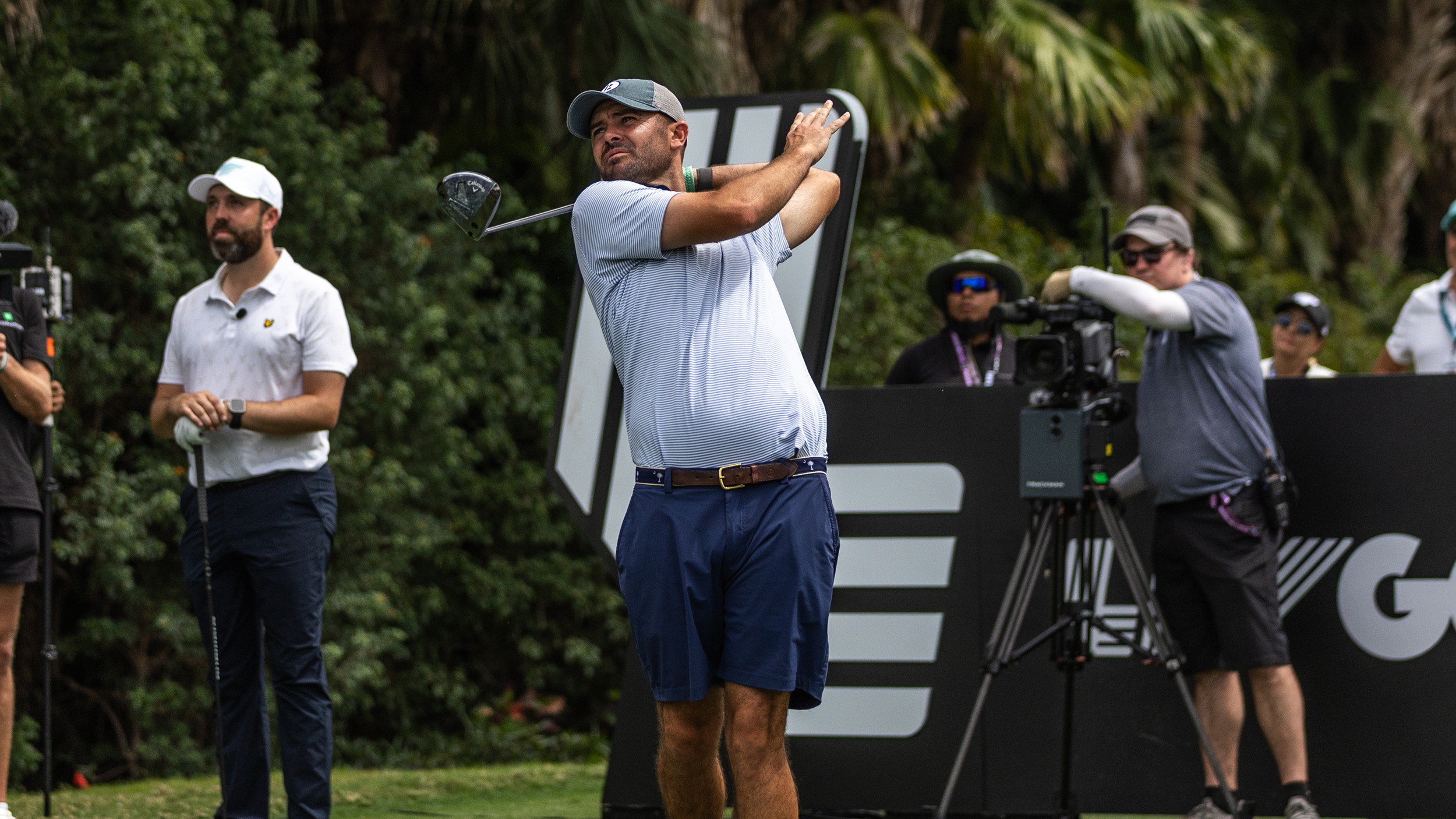 Reports: Wesley Bryan Suspended By PGA Tour After Playing In LIV Golf Duels
Reports: Wesley Bryan Suspended By PGA Tour After Playing In LIV Golf DuelsThe 2017 RBC Heritage winner is said to have been suspended by the PGA Tour after teeing it up in the recent LIV Golf creator event in Miami
By Elliott Heath
-
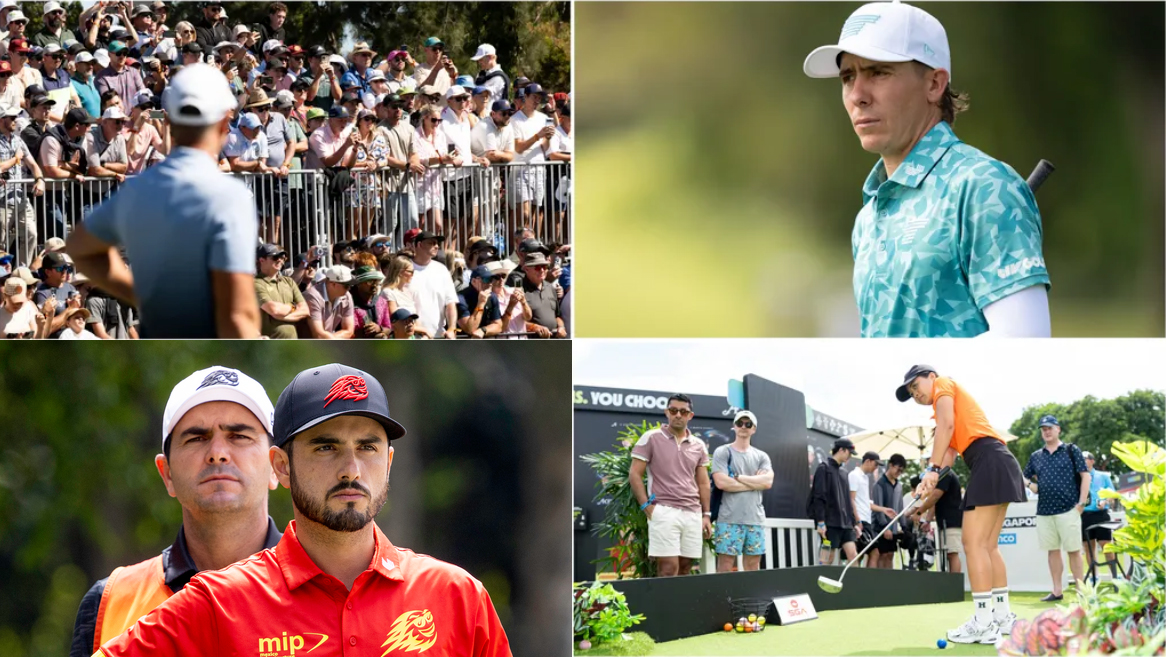 LIV Golf Mexico City: Book Your Tickets To See The Stars Of The Game
LIV Golf Mexico City: Book Your Tickets To See The Stars Of The GameMexico City welcomes LIV Golf's all-star roster later this month, where you can see the world's best players and enjoy the show and the family friendly atmosphere
By Golf Monthly